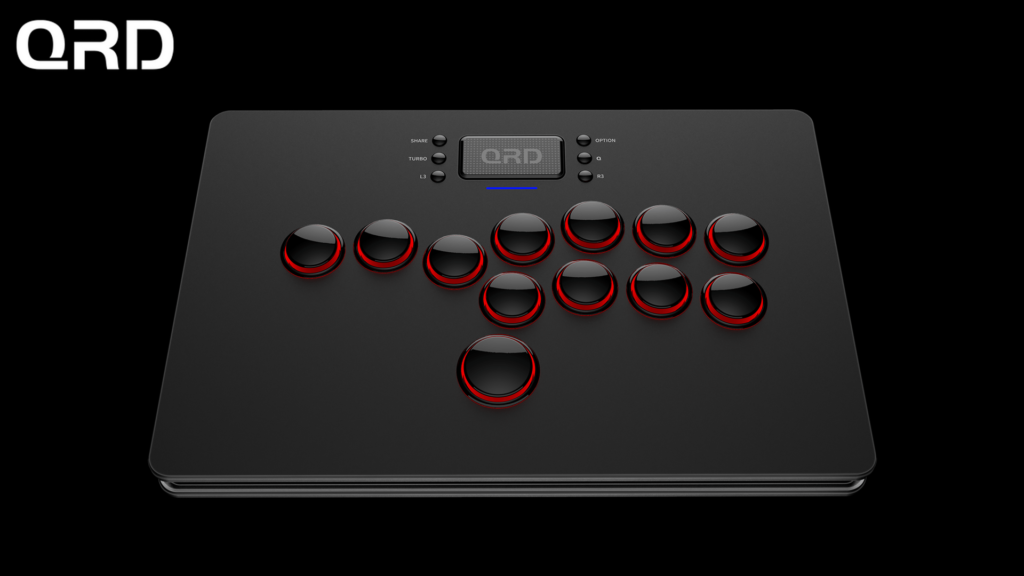
QRD’s newest controller is finally available! The Maestro, a button-only, leverless arcade stick, has hit shelves, and we had the opportunity to review it.
The QRD Maestro S3, inspired by the Hit Box arcade controller, is a sleek 12-button fighting/retro game controller that prioritizes usability and customization.
So, is it viable? How does it compare to other arcade controllers? Does it have RGB? (Spoiler: It does). Our evaluation of the QRD Maestro S3 will provide answers to these and other questions.
QRD Maestro S-3
Manufacturer: QRD.
Price: $199.99.
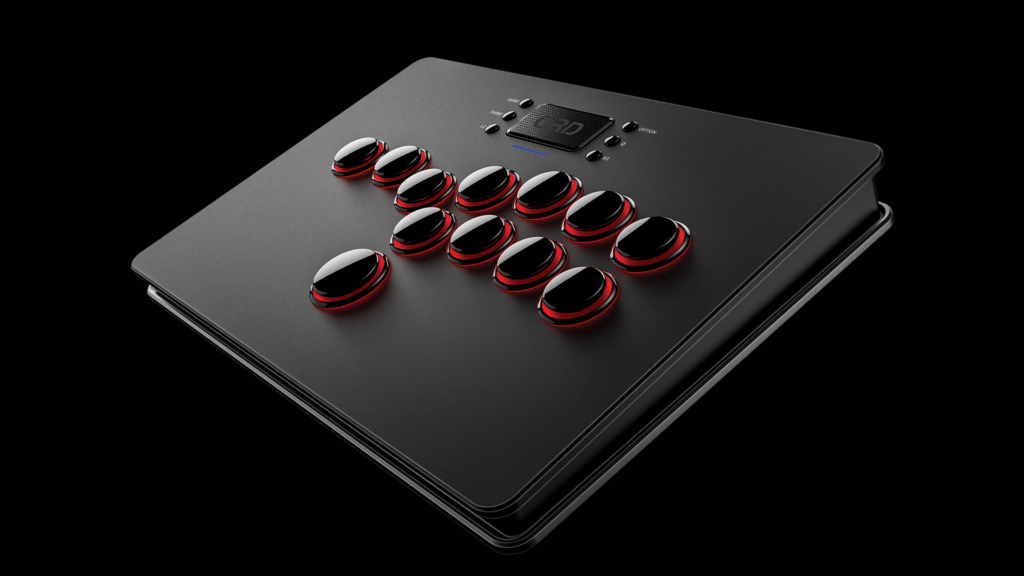
To someone whose first exposure to fighting games was on PC, notably playing M.U.G.E.N with a keyboard, the concept of an arcade controller that moves by button inputs is highly appealing to me, which is why I leaped at the chance to review the Maestro.
It’s humiliating to confess, but I never get accustomed to the joystick portion of an arcade controller. They feel uneven at best, and being able to execute moves just 35% of the time in a genre as competitive as fighting games just didn’t cut it for me. It’s a personal skill issue, to be sure, but overshooting a motion just to jump and be hit by an anti-air is a bad feeling.
The fighting genre’s controls are fairly binary, with you either hitting a button/direction or not. Consistency is key, and nothing is more consistent than a button press, which is why the Maestro feels so responsive.
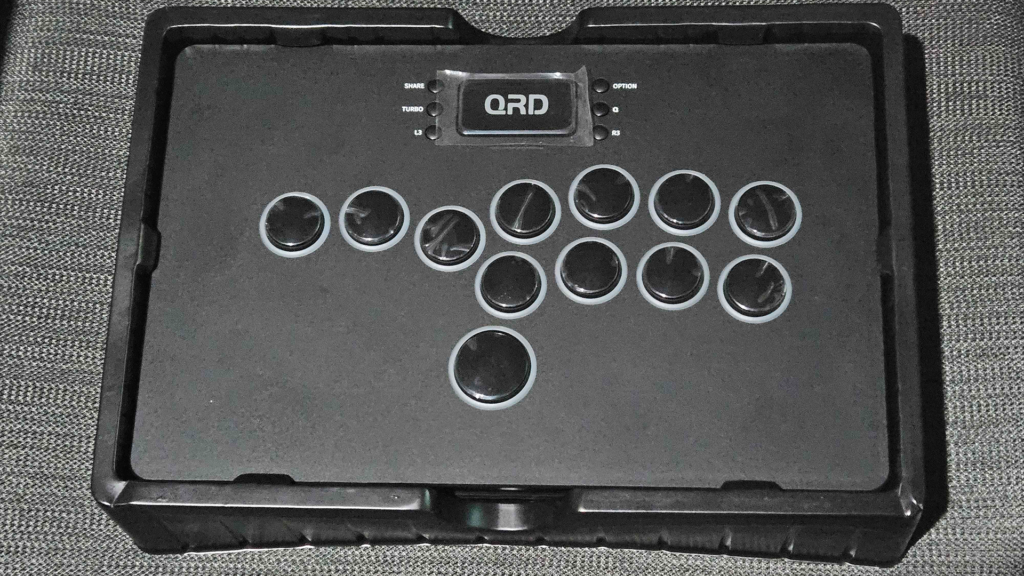
The concept of converting gestures into button presses is brilliant, and while QRD was not the first to come up with this idea, their implementation of the Hit Box controller is excellent.
For those who don’t understand the distinction, it means that a quarter circle forward, for example, can be easily accomplished by simply inputting down and right, as the diagonal is automatically interpreted by the controller, giving you fewer opportunities to make a mistake and miss your input.
Inputs are likely the first barrier that players will encounter when learning a fighting game, and while the genre spans a spectrum from low-level Tekken play to tournament-level King of Fighters, it is always nice to see a barrier to entry significantly reduced in a way that does not feel cheap.
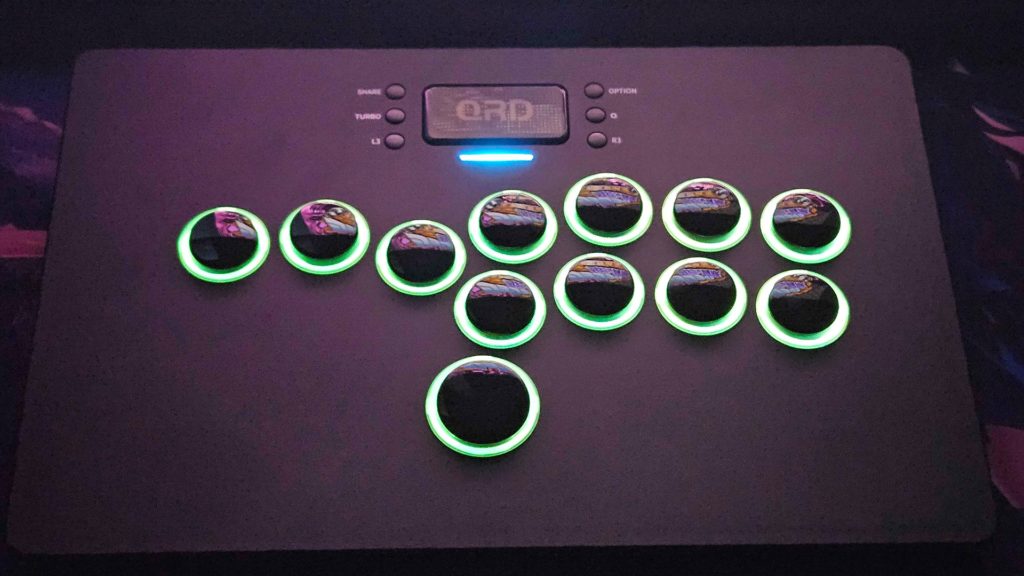
The Maestro S3 is an extremely attractive controller, with QRD’s signature all-black design and RGB lights around its 12 buttons. It is 300x200mm, making it portable without sacrificing ergonomics, which is ideal for playing a small tournament or attending a convention.
The Maestro employs QRD’s own mechanical switches, which have a very distinct and gratifying feel to them, unlike the more “hollow” button pushes you’d get from a lower-end controller, and almost like a very quiet mechanical keyboard.
However, if you’re a freak like me and prefer loud clacking sounds, you’ll be pleased to hear that the Maestro’s switches and keycaps are hot-swappable, allowing you to totally personalize your controller with any look or tactile feel you desire.
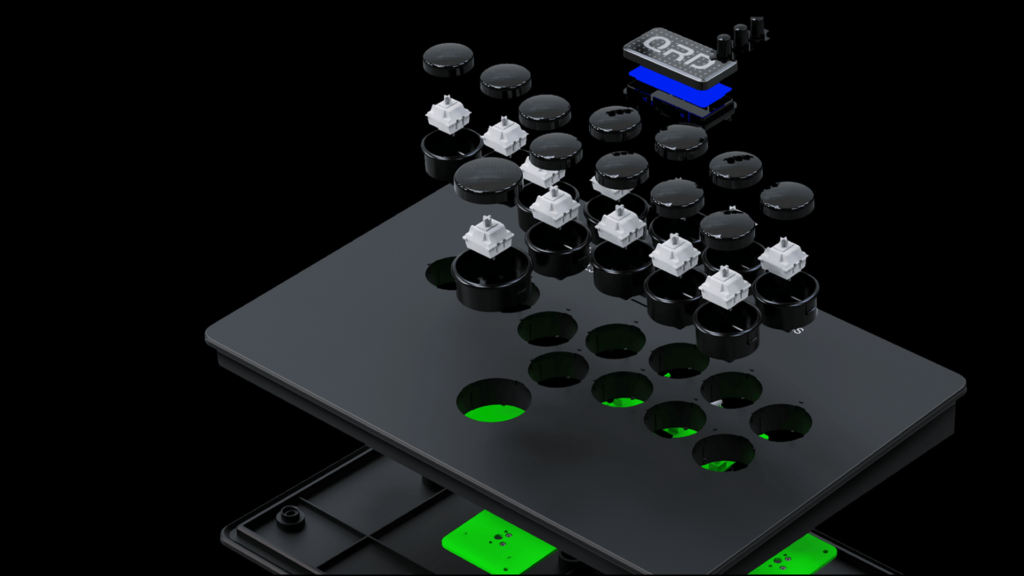
The Maestro, like QRD’s other controller, the Spark N5, cannot serve Xinput wirelessly, which means that the few fighting games that don’t use Dinput by default, such as Dragon Ball Fighterz, would require software remapping, which is typically done through Steam’s controller settings.
Those who read my evaluation of the Spark N5 will know that QRD prioritizes compatibility, which is why they created the Blackpill adapter, which supports not just wireless Xinput but also PlayStation 5 and Xbox Series X/S.
You can acquire the Blackpill slightly cheaper by purchasing a controller + adapter package from QRD’s website, and it appears to work with all of QRD’s goods, so it’s a one-time purchase that will remain relevant if you’re a fan of the company. Paying more for that function is unfortunate, but at the end of the day, it adds additional layer of compatibility that works retrospectively.
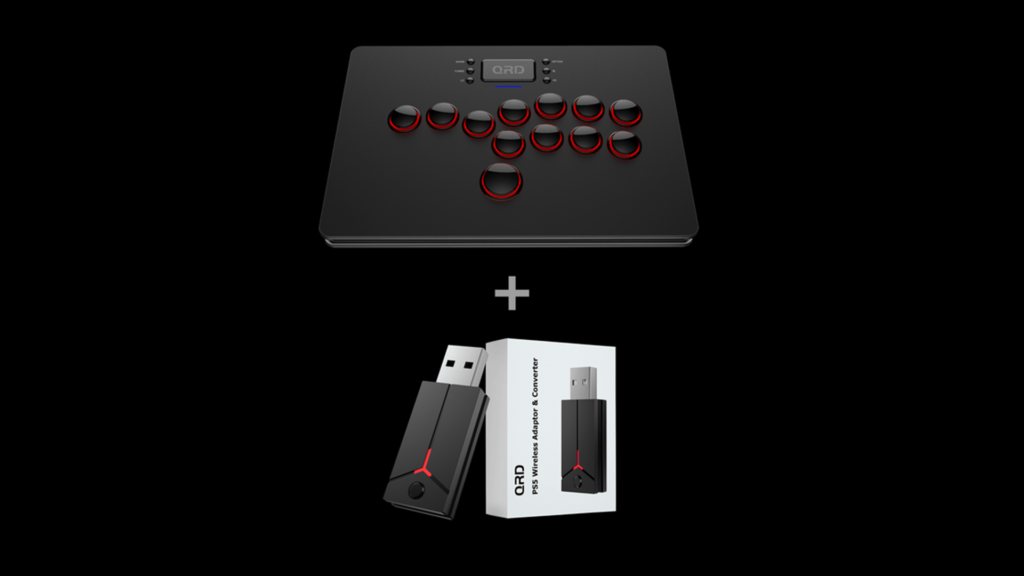
In terms of interoperability, the Maestro has several options to accommodate various devices or playstyles. The Maestro, like other QRD controllers, includes a phone clip for mobile games, as well as a Nintendo Switch holder in case you want to play competitive Super Smash Bros on the road.
The controller also includes various latency settings designed for distinct eras of gameplay. In general, you want the lowest possible latency for modern fighting games, although emulation or older titles may require a little greater latency, which may be adjusted with a single button click. You may also set it to automated, and the controller will determine what works best for your current platform, which is really useful.
Part of what distinguishes the Maestro as a professional controller are its SOCD settings, which are essentially methods of resolving what happens when competing directions are held at the same time. The Maestro has four different modes, one of which is SOCD 2, which is required for tournament compliance on the Capcom Pro Tour, as well as an EZ-Mode, which makes motions easier to do by cleaning up your inputs.
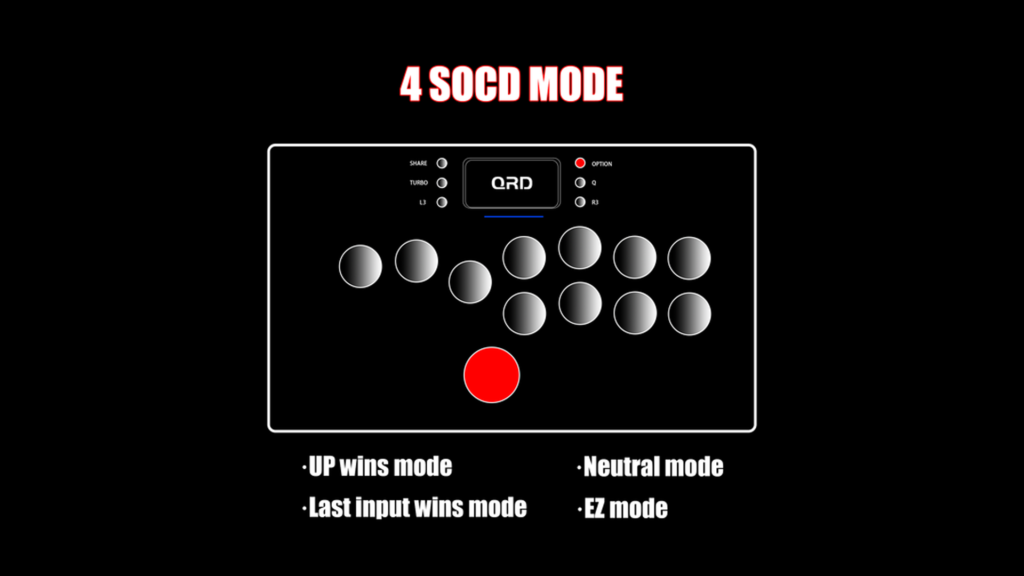
Overall, the QRD Maestro S3 is the result of dedicated fighting game fans creating a controller. It has all of the bells and whistles, is compatible with almost any platform when the Blackpill adaptor is included, and has a number of accessibility features that do not prevent it from being tournament legal.
QRD, as always, has gone above and beyond to create a stylish controller that is both affordable and feature-rich, and if you are a serious gamer, you will understand that the RGB adds to its potency.
The Maestro S3 may be purchased on QRD’s website, as well as their official Aliexpress and Amazon stores. You may also use the “MidYearSale” coupon on their website to save 15%, bringing the price down from $199 to $167 USD.

